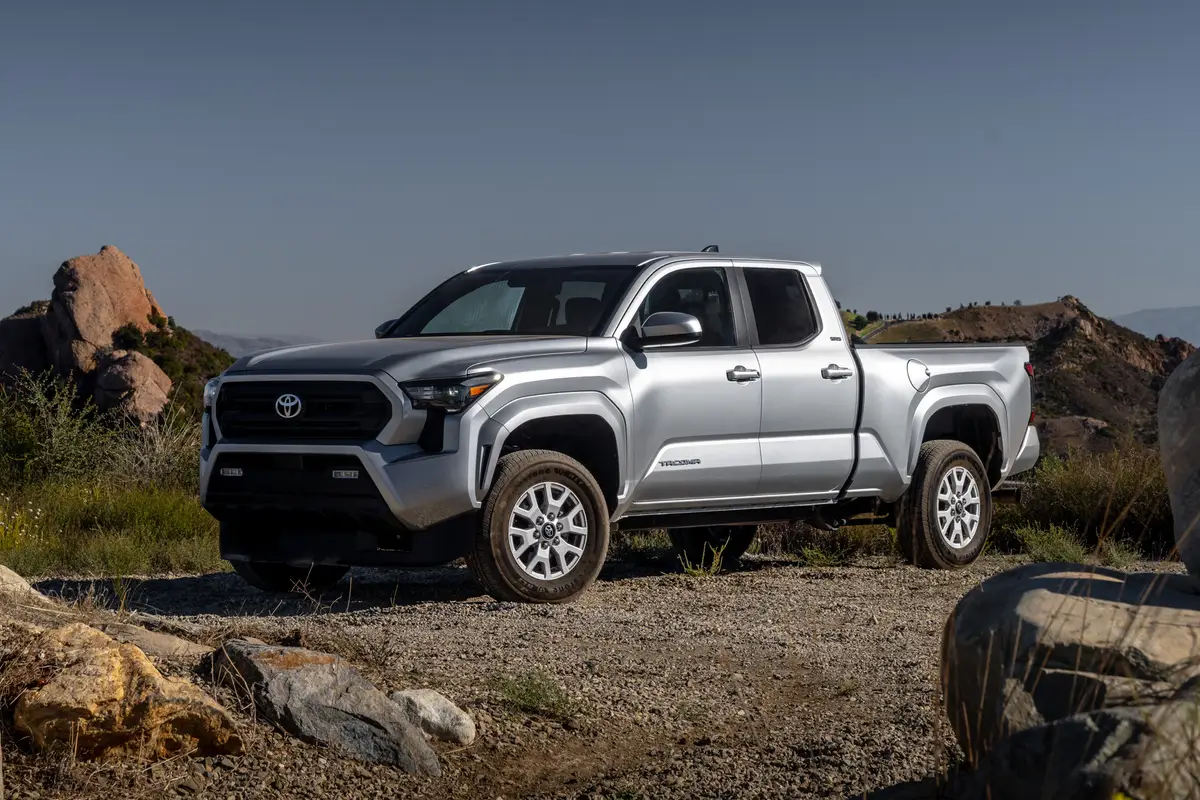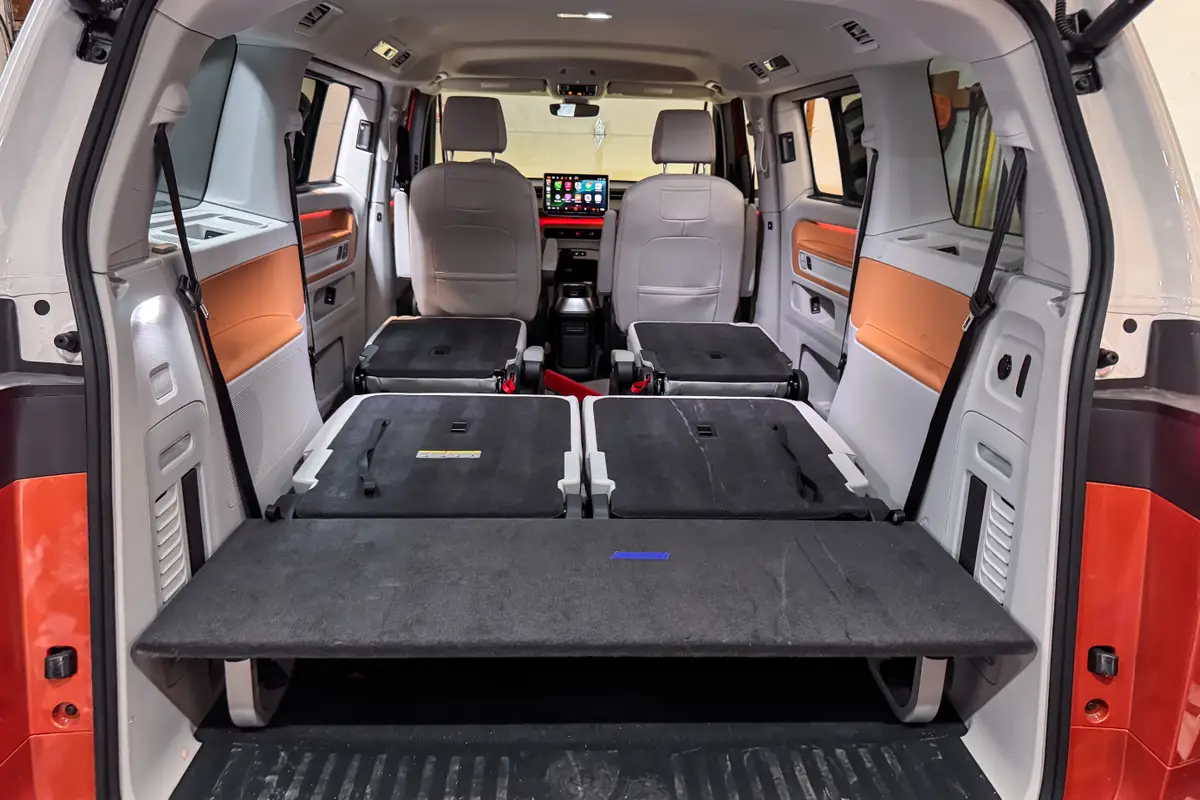chicagotribune.com's view
If the 4-cylinder engine was just a shade quieter at initial acceleration and the suspension had just a touch more road-holding glue, the Mazda 626 would rank right up there with the Honda Accord.
The Mazda 626 LX sedan comes this close.
When pitting a Japanese compact such as the Accord, 626 or Nissan Stanza against such U.S. competitors as Ford Tempo, Pontiac Grand Am or Buick Skylark, one noticeable difference is that the Japanese cars feel more nimble.
In turns and corners and merging and parking maneuvers, the Japanese cars typically seem more limber. You need only fingertips on the wheel to command the direction you want to take-quickly. The domestic small-car response often feels as if, just when you turn the wheel, someone pulled the chute.
The 626 has speed-sensitive power steering as standard, which provides a higher assist in low-speed maneuvers such as parking and less of an assist at higher-speed motoring such as cruising down the expressway.
The 626 performed as nimbly as we`ve come to expect with Japanese compacts, though the one maneuver the 626 wasn`t always consistent in was sharp corners or turns. The swings sometimes were too wide, the body a fraction lazy in regaining composure in a sharp turn. The Yokohama all-season radials could have clung a bit more aggressively to the pavement, too.
Another Japanese trait is lots of room inside, despite relatively small dimensions on the outside. An adult can sit in the back seat of a Japanese car without having to bend at the waist.
The 626 has abundant interior room as well as an ample trunk. Also, the rear seat backs in the 626 LX sedan fold down individually to allow greater cargo capacity. The seat backs fold flat.
The 626 is built on a 101.4-inchwheelbase and is 179.3 inches long, which compares with the 102.4-inch wheelbase and 179.1-inch length of an Accord sedan. The 626 tips the scales at 2,700 pounds, the Accord at 2,500.
The 626 is powered by a 2.2-liter, 110-horsepower, fuel-injected 4- cylinder engine that features three valves per cylinder, two intake and one exhaust. The automatic has dual-mode shifting, so you can push the button for the power mode for higher shift points and more lively acceleration. The off- the-line performance is good in the power mode. In the normal economy mode, you feel as if you could use about 20 more horsepower and a little less noise. The 0-to-60 mile an hour acceleration time is 12 seconds with automatic, which shows why the EPA rating is 22 m.p.g. city/28 highway with the 2.2 and automatic. With manual, the 0-to-60 time is 9.7 seconds, and the EPA rating 24/31.
Standard features include power brakes/steering/door locks/mirrors, rear- window defroster, AM/FM stereo with cassette and intermittent wipers.
Among other noteworthy 626 features are extra wide bodyside moldings to prevent parking lot dents and dings, fuel f iller door and trunk lid release buttons under the driver`s seat (under the dash is still the best placement) and very comfortable cloth-covered seats.
Among the changes we`d like to see would be placement of the power mirror control on the driver`s door armrest, rather than on the dash behind the steering wheel, where it`s hard to see and use; lowering the stowage compartment between driver and front seat passenger, which sits high and is an irritant for driver arm room as well as a catch for coat or sweater; eliminating in the front doors the map pockets, which have openings too narrow for a hand but wide enough to catch dirt.
Base price for the 626 LX is $13,199.
Mazda 626
When we drove the 1989 compact Mazda 626 LX sedan (Monday, April 3), we concluded that all the vehicle lacked to rank at the same high plateau with the rival Honda Accord was quieter acceleration and more road holding glue.
We`ve now driven the 1990 model with its 2.2-liter, fuel-injected, 110- horsepower 4-cylinder teamed with 4-speed automatic transmission. The test vehicle seemed much quieter off the line, but it still could use some more glue in those corners and turns.
We wonder if those Yokohama all-season radial tires on the `89 and `90 are the culprit. A colleague who owned a 626 with Goodrich radials moved into a 626 with Yokohamas and said he experienced a noticeable decline in handling. In comparing the `90 with the `89, the new version still rates high marks for room and comfort and a rear seat more spacious than most midsize domestic cars. The rear seat folds flat to provide more storage area. On the test car, however, when the key was inserted into the seat back lock mechanism to lower the seat back, the lock cylinder came out with the key.
The 2.2-liter 4 is peppy, the automatic transmission quiet, and the speed sensitive power steering that provides higher assist in low speed maneuvers made for easy piloting into those tight parking lot spaces.
It is hoped that Mazda still will make some changes in the 626, such as positioning the power mirror control on the driver`s armrest or center console for easier sight and use rather than burying it on the dash behind the steering wheel; lowering the center console stowage bin that sits too high in the steering wheel; upgraded cloth upholstery; and AM-FM stereo with cassette account for a portion of the increase, though obviously not all of it.
The 626 is built in the U.S. at Mazda`s Flat Rock, Mich., assembly plant that also produces the Mazda MX-6 and Ford Probe. Mazda went to U.S. production to save money when the yen rose in value against the U.S. dollar, which makes the $1,450 seem even less justified.
If the 4-cylinder engine was just a shade quieter at initial acceleration and the suspension had just a touch more road-holding glue, the Mazda 626 would rank right up therewith the Honda Accord.
The Mazda 626 LX sedan comes this close.
When pitting a Japanese compact such as the Accord, 626 or Nissan Stanza against such U.S. competitors as Ford Tempo, Pontiac Grand Am or Buick Skylark, one noticeable difference is that the Japanese cars feel more nimble.
In turns and corners and merging and parking maneuvers, the Japanese cars typically seem more limber. You need only fingertips on the wheel to command the direction you want to take-quickly. The domestic small-car response often feels as if, just when you turn the wheel, someone pulled the chute.
The 626 has speed-sensitive power steering as standard, which provides a higher assist in low-speed maneuvers such as parking and less of an assist at higher-speed motoring such as cruising down the expressway.
The 626 performed as nimbly as we`ve come to expect with Japanese compacts, though the one maneuver the 626 wasn`t always consistent in was sharp corners o r turns. The swings sometimes were too wide, the body a fraction lazy in regaining composure in a sharp turn. The Yokohama all-season radials could have clung a bit more aggressively to the pavement, too.
Another Japanese trait is lots of room inside, despite relatively small dimensions on the outside. An adult can sit in the back seat of a Japanese car without having to bend at the waist.
The 626 has abundant interior room as well as an ample trunk. Also, the rear seat backs in the 626 LX sedan fold down individually to allow greater cargo capacity. The seat backs fold flat.
The 626 is built on a 101.4-inchwheelbase and is 179.3 inches long, which compares with the 102.4-inch wheelbase and 179.1-inch length of an Accord sedan. The 626 tips the scales at 2,700 pounds, the Accord at 2,500.
The 626 is powered by a 2.2-liter, 110-horsepower, fuel-injected 4- cylinder engine that features three valves per cylinder, two intake and one exhaust. Thea utomatic has dual-mode shifting, so you can push the button for the power mode for higher shift points and more lively acceleration. The off- the-line performance is good in the power mode. In the normal economy mode, you feel as if you could use about 20 more horsepower and a little less noise. The 0-to-60 mile an hour acceleration time is 12 seconds with automatic, which shows why the EPA rating is 22 m.p.g. city/28 highway with the 2.2 and automatic. With manual, the 0-to-60 time is 9.7 seconds, and the EPA rating 24/31.
Standard features include power brakes/steering/door locks/mirrors, rear- window defroster, AM/FM stereo with cassette and intermittent wipers.
Among other noteworthy 626 features are extra wide bodyside moldings to prevent parking lot dents and dings, fuel filler door and trunk lid release buttons under the driver`s seat (under the dash is still the best placement) and very comfortable cloth-covered seats.
Among the changes we`d like to see would be placement of the power mirror control on the driver`s door armrest, rather than on the dash behind the steering wheel, where it`s hard to see and use; lowering the stowage compartment between driver and front seat passenger, which sits high and is an irritant for driver arm room as well as a catch for coat or sweater; eliminating in the front doors the map pockets, which have openings too narrow for a hand but wide enough to catch dirt.
Base price for the 626 LX is $13,199.
Latest news



